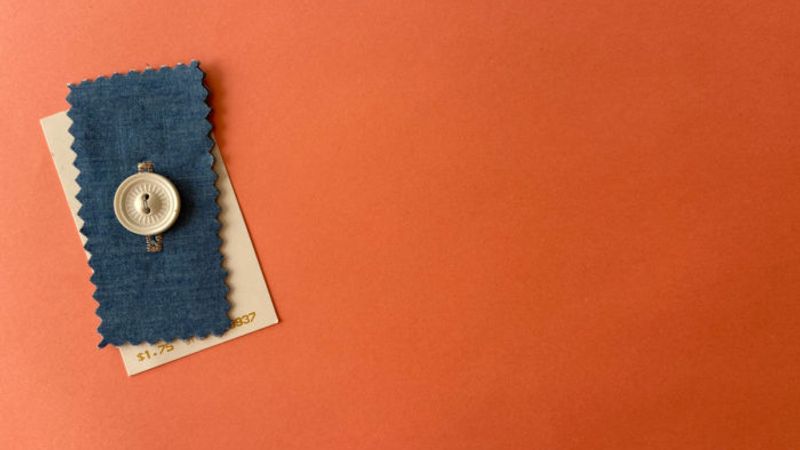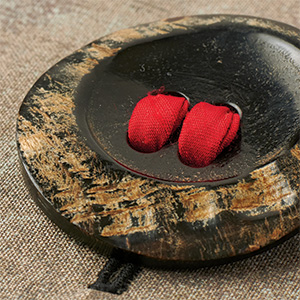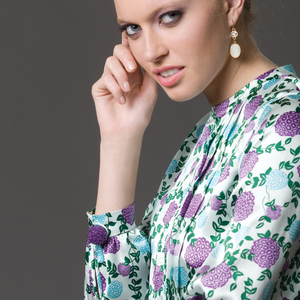
Extra buttons left over after you’ve finished sewing a garment seem to accumulate, creating clutter. At the same time, it can be difficult to locate those spare buttons if one falls off your clothes. Here’s a tip for keeping them organized and easily accessible.
Sew some test buttonholes
For each garment you sew that includes buttons and buttonholes, stitch one or more test buttonholes on scrap fabric. Be sure to include the same fabric, interfacing, and lining layers as in the finished garment.
Store buttons with the best buttonhole
When you’ve sewn a buttonhole that is satisfactory, cut a rectangle around it, creating a swatch about 2 inches long by 1 inch wide. Use pinking shears, if desired, to minimize raveling. If the spare buttons are on a card, slip the buttonhole over one of the buttons. If the buttons are loose, sew them to the swatch.
Keep all your spare buttons in a labeled box, and you’ll always know where to find the correct replacement button for any garment you have sewn.
Consider pairing this tip with “Custom Repair Kits.”
Find other ways to keep track of buttons, in “Organize Your Button Stash.”




































What function would the buttonholes perform?
The swatch with a buttonhole tells you two things: First, the fabric reminds you of which garment these buttons belong to. You don't have to search through the buttons quite as long to find the replacement button you need. Second, it's a good sample of the buttonhole size you need to make. You can measure on the finished garment, but it's nice to have an example of the original buttonhole that is undistorted from wear. In a pinch, you could stitch one more test buttonhole on the swatch to double-check the machine's settings, too.
Carol Fresia, Threads Senior Technical Editor.